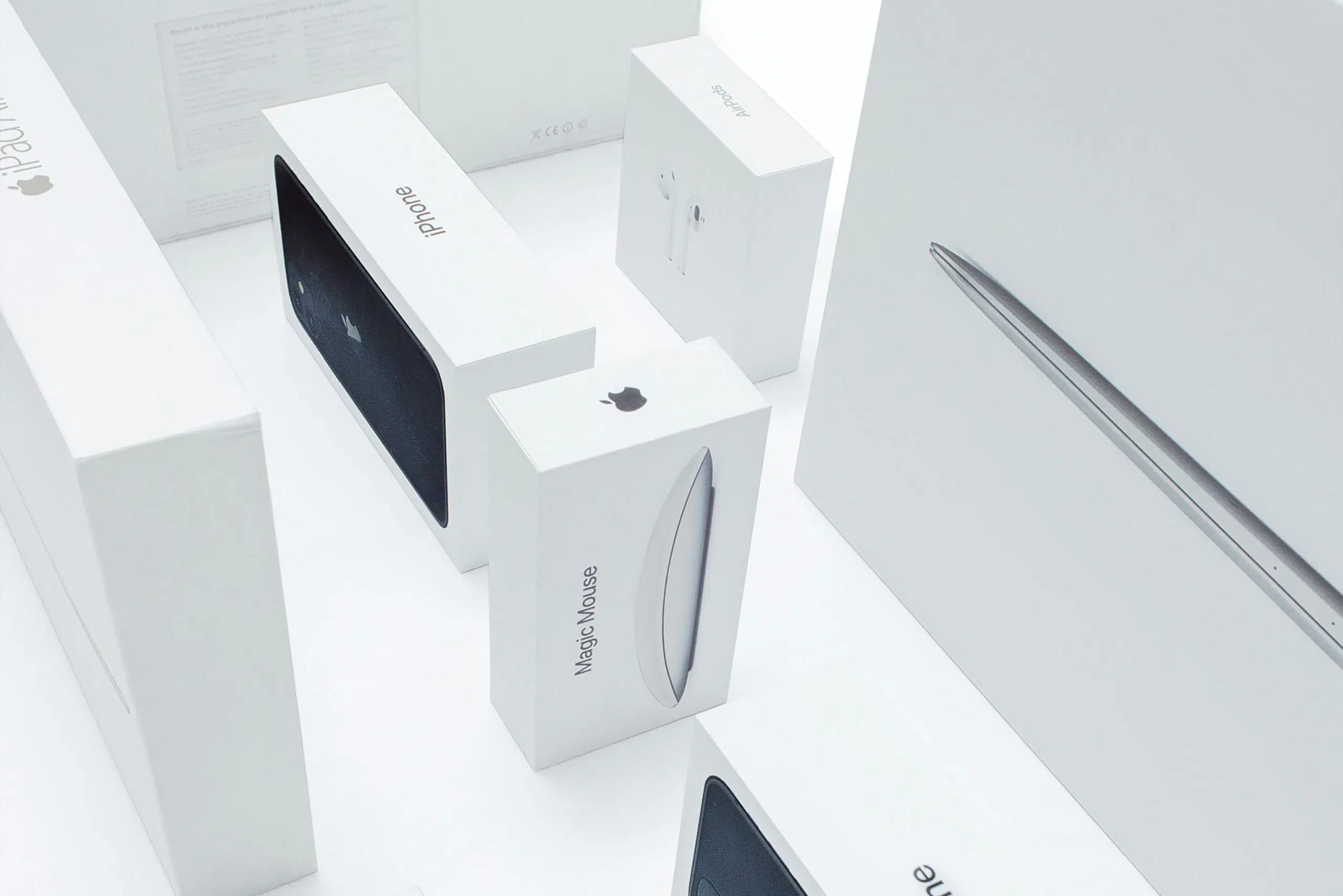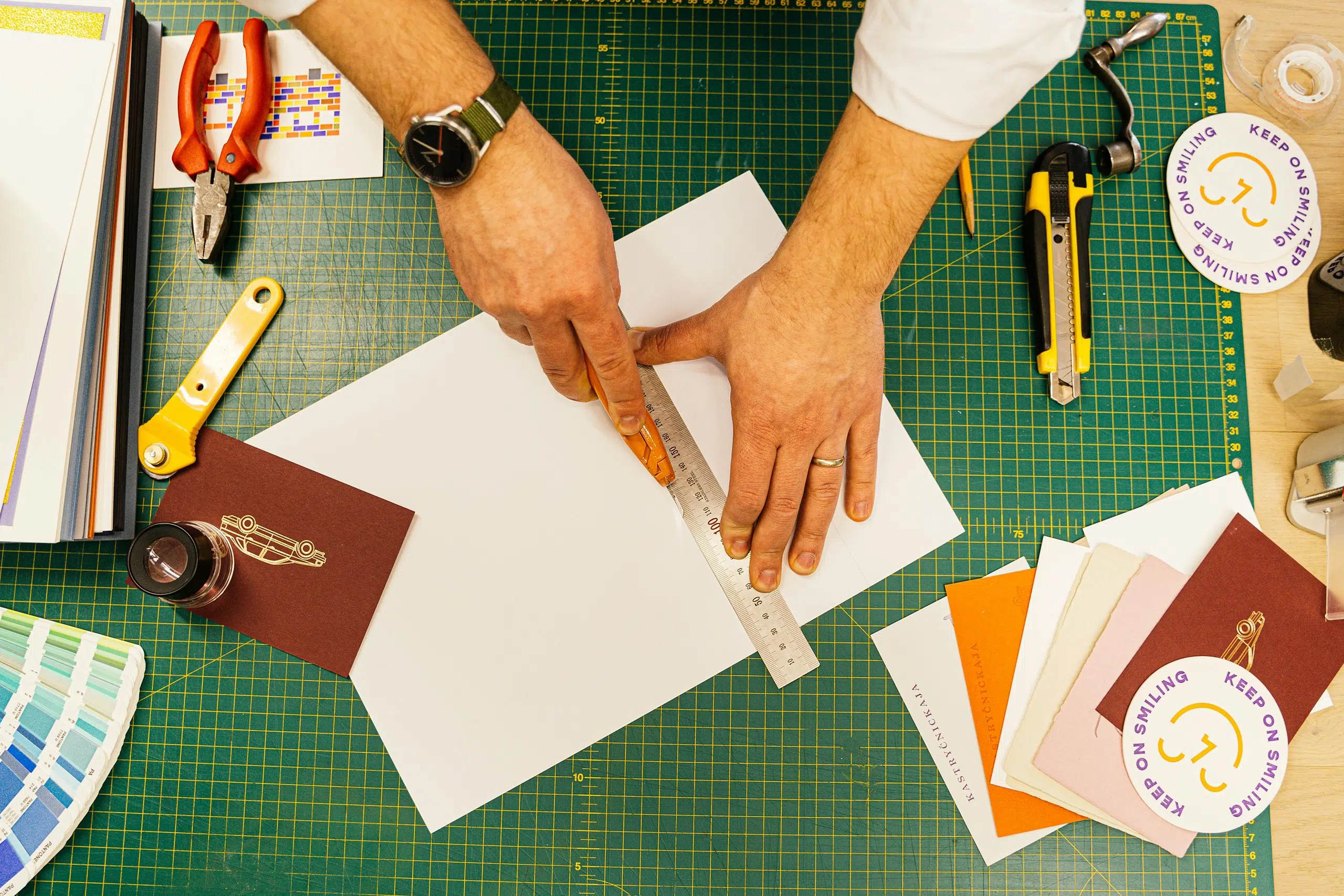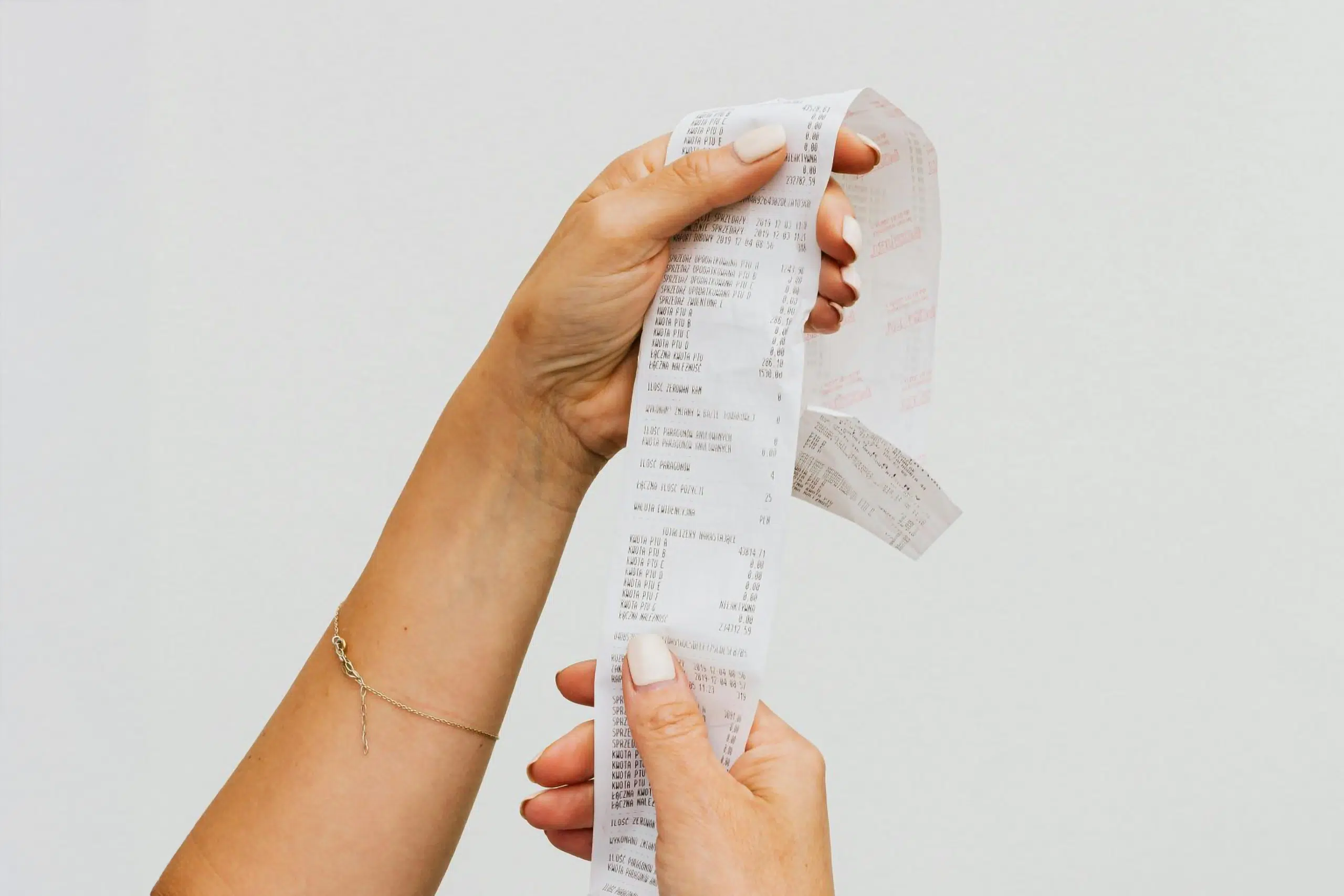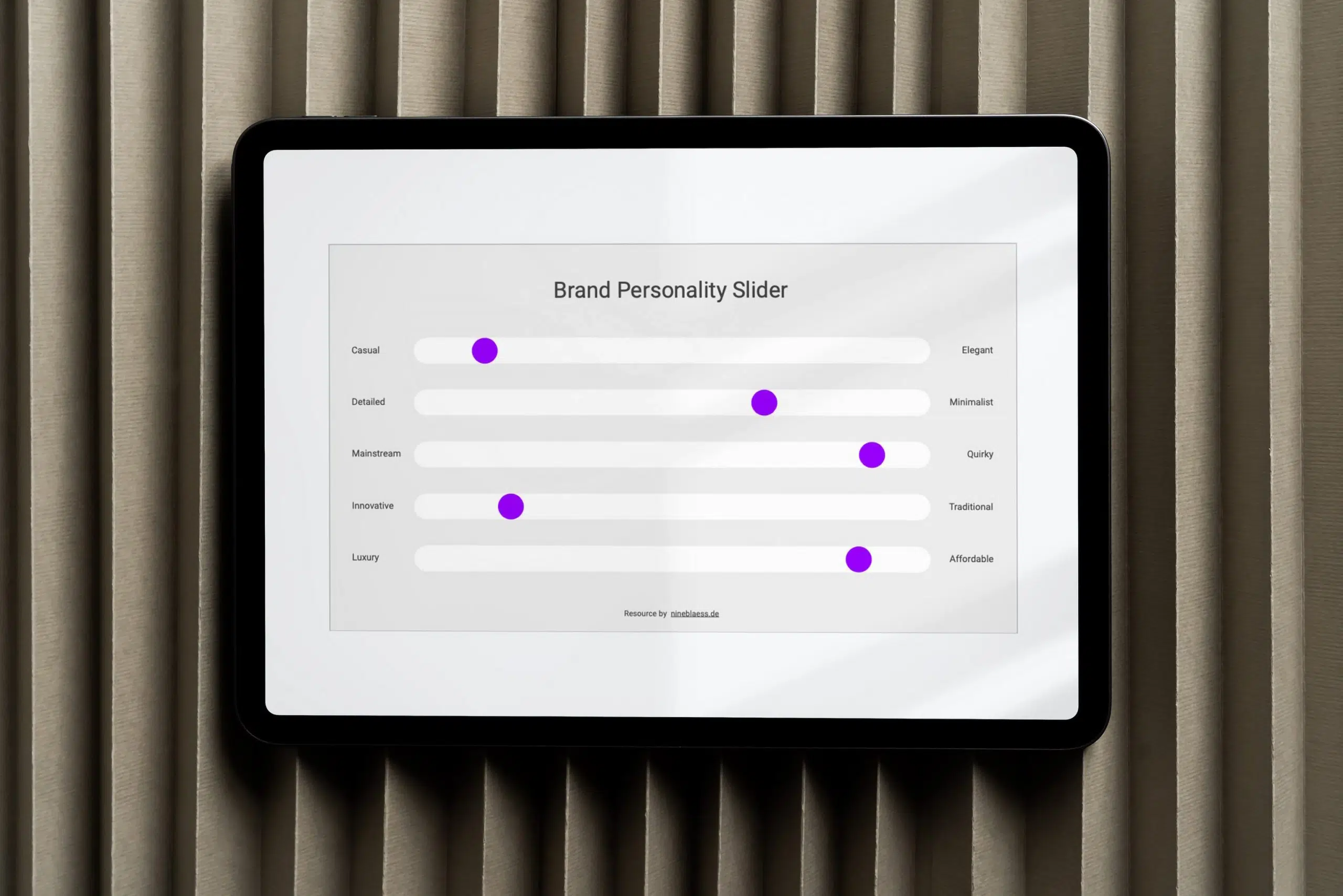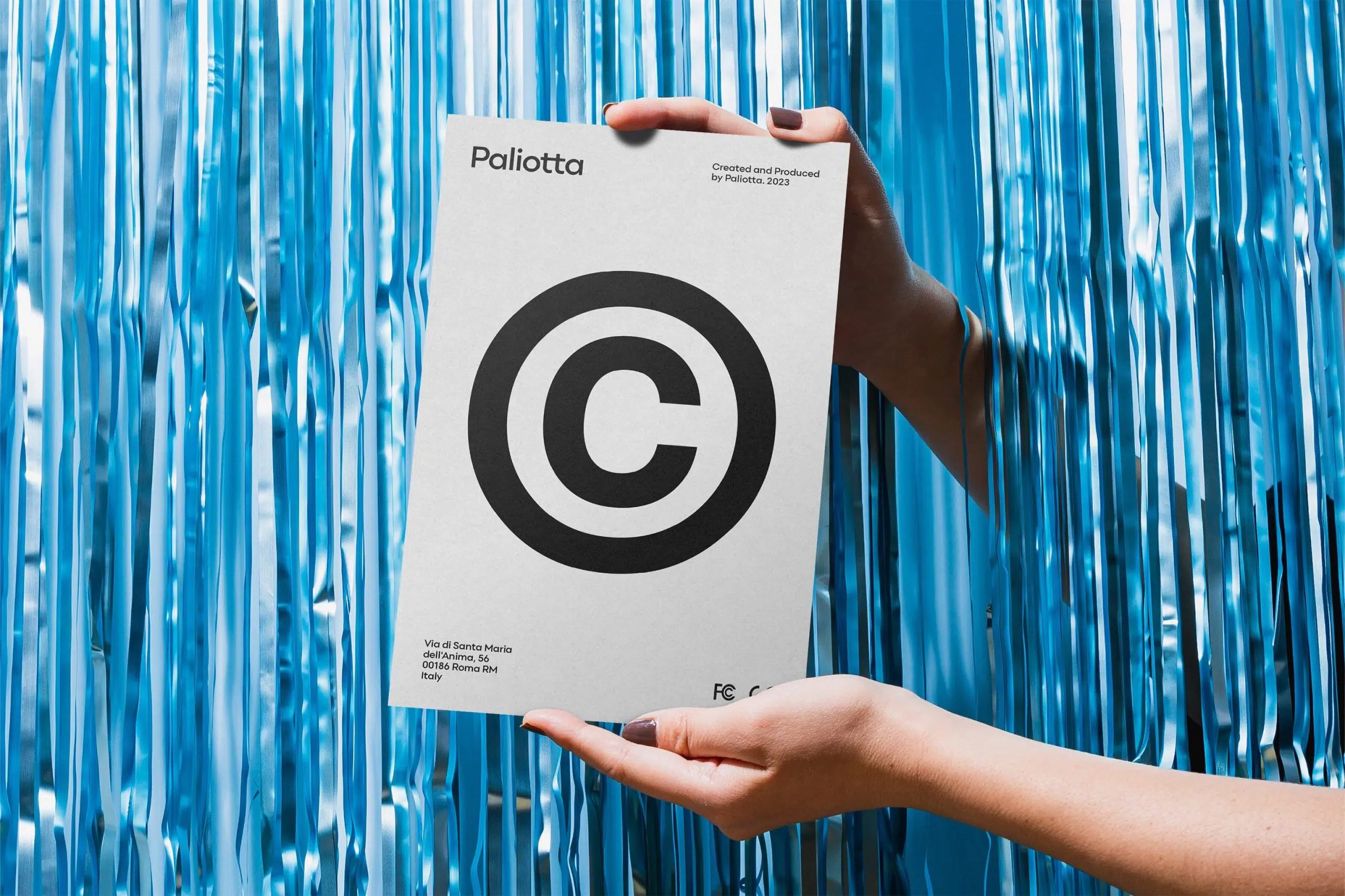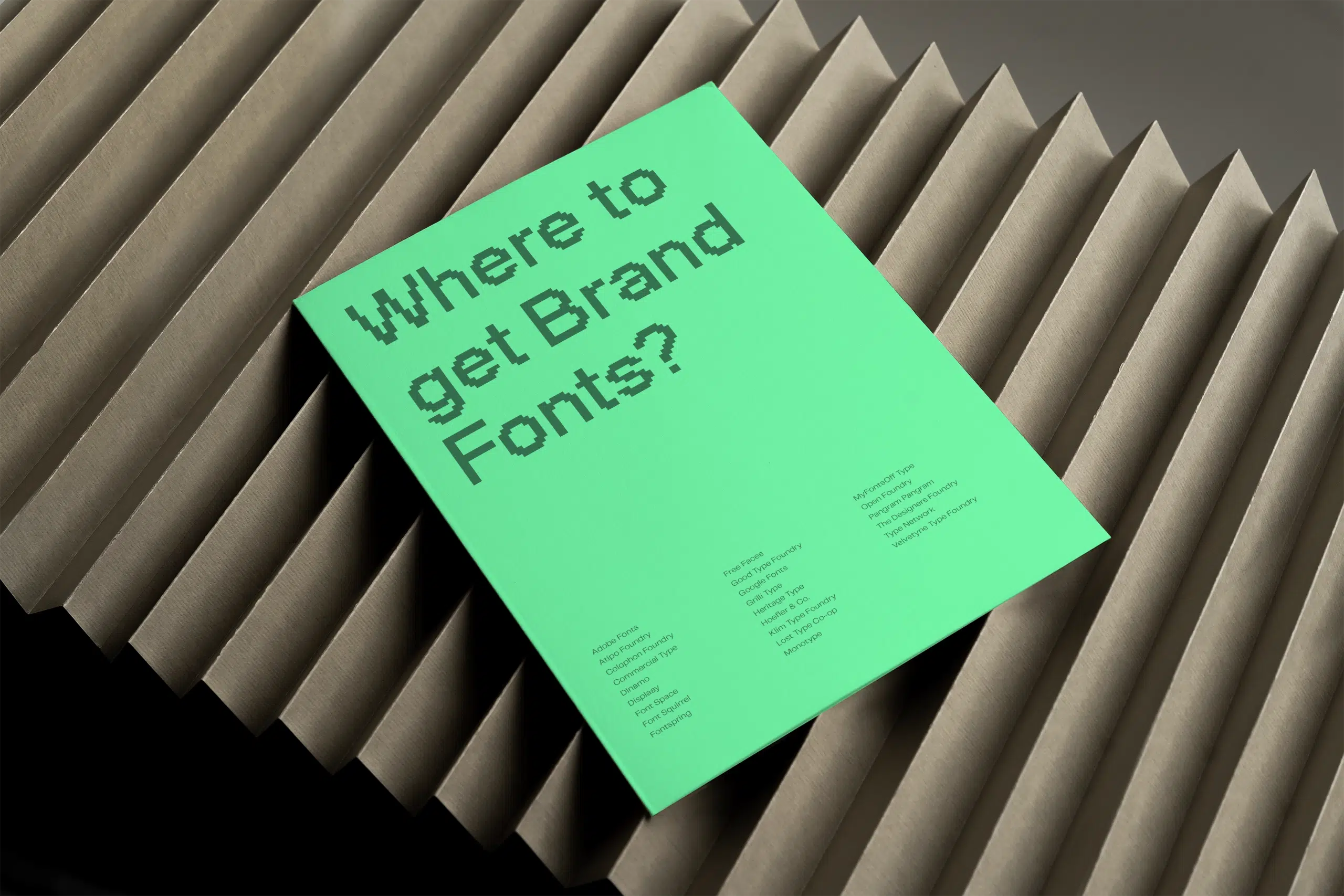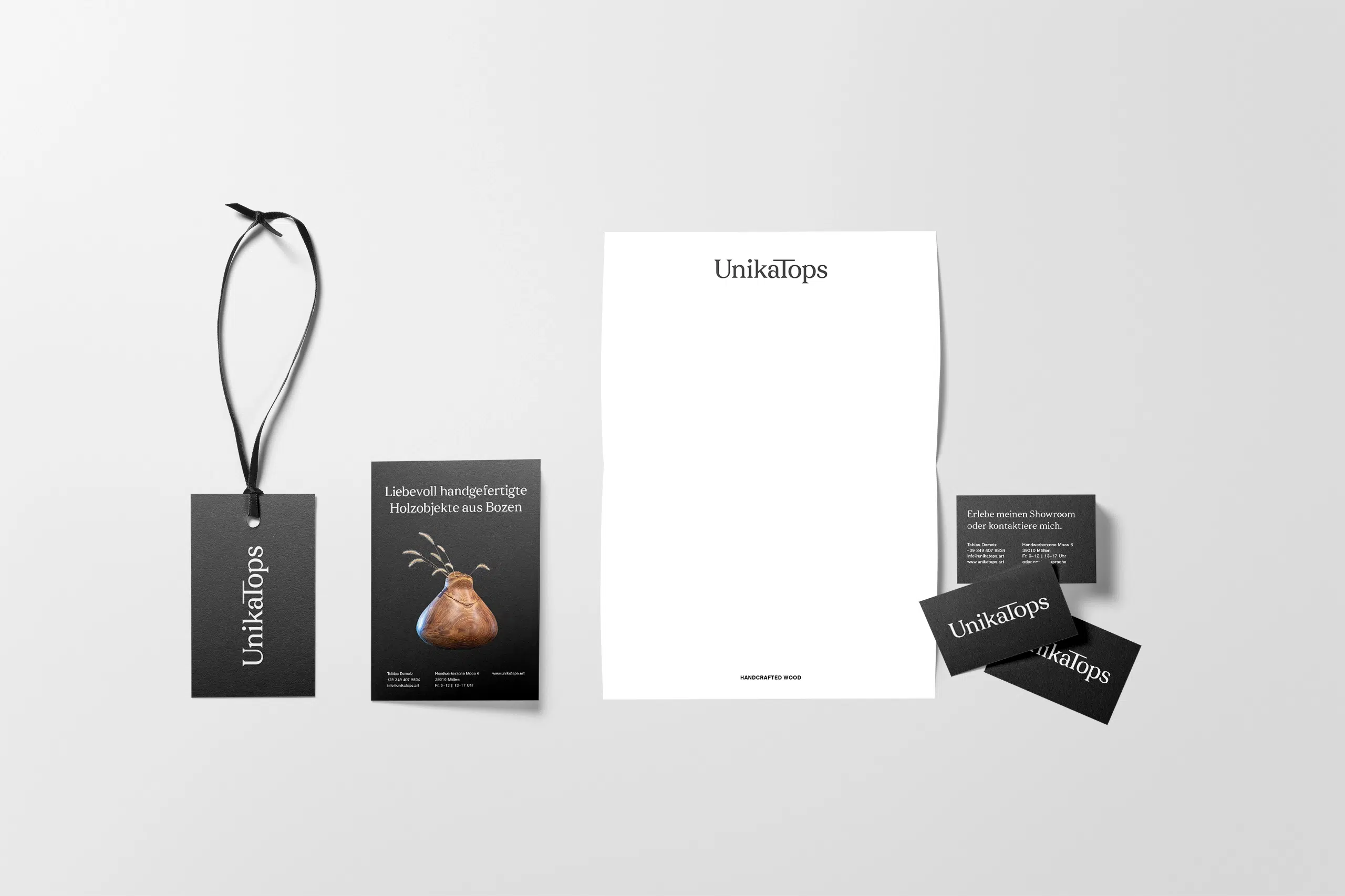The difference lies in distinctive brand assets. Research shows that strong brand assets are about 52% more prominent than those of competitors, meaning they’re easier to remember and identify.
But what exactly makes a brand asset distinctive, and how can you create them? Let’s explore.
What are brand assets?
Before we dive into distinctive brand assets, let’s take a quick look at brand assets in general.
Brand assets are elements created to represent, identify, and differentiate your brand. They can be:
- Tangible, like your logo or brand colours, or
- Intangible, like your brand story or personality.
Together, these assets shape your brand’s unique identity—especially when applied consistently across all brand touchpoints, from packaging and advertising to your website and social media.
Types of brand assets
Brand assets come in many forms, each contributing to a recognisable identity:
- Visual: logo, colour palette, brand fonts, icons, mascots
- Verbal: tagline, slogans, brand name, tone of voice
- Auditory: jingles, sound effects, music, voiceovers
- Scent: signature fragrances in products, packaging, or spaces
- Tactile: textures, shapes, materials in products or packaging
- Symbolic: brand values, story, personality, or deeper meaning
The strongest brands make these assets work together seamlessly, creating a cohesive and recognisable identity.
What makes a brand asset distinctive?
Not all brand assets you design will be automaticllay distinctive.
A distinctive brand asset is one that people instantly recognise as belonging to your brand, even without seeing the name. It acts as a mental shortcut, which allows people to recognise your brand at a glance.
You may also hear the terms ‘iconic’, ‘strong’ and ‘memorable’ used interchangeably—they all basically mean the same thing: an asset that triggers brand recall.
This kind of recognition doesn’t happen overnight or by accident, though. It requires time, consistency and repeated exposure for an asset to become distinctive.
‘Building Distinctive Brand Assets’ by Jenni Romaniuk
Jenni Romaniuk, a researcher at the Ehrenberg-Bass Institute, helped popularise the idea of distinctive brand assets in her book ‘Building Distinctive Brand Assets’.
According to her, distinctive brand assets act as triggers that prompt consumers to think of a particular brand name without it being mentioned.
Fame and uniqueness
Romaniuk explains that for an asset to truly stand out, it needs two key qualities:
- Fame: The asset should be so well-known that people immediately associate it with your brand.
- Uniqueness: It must be different enough from other brands in your space, so it isn’t confused with anyone else.
If an asset isn’t famous, it won’t trigger recognition. If it isn’t unique, it might make people think of a competitor instead of you. So, you need both for a brand asset to become genuinely distinctive.
Romaniuk plots brand assets on a fame-uniqueness grid. Ideally, your assets will be in the top-right corner, meaning they are both famous and clearly owned by your brand.
Assets in this spot can even replace your logo because they are instantly recognisable as your company.
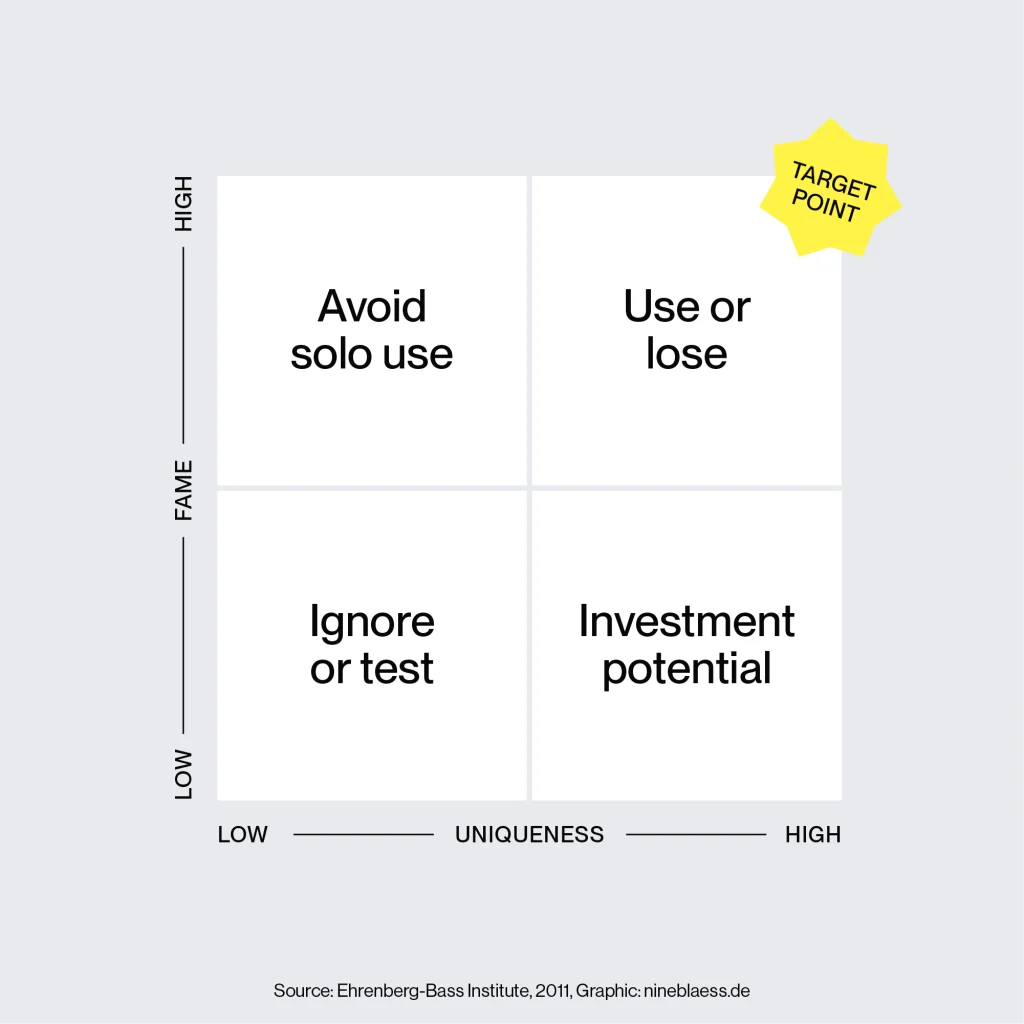
Keep it simple, but not generic
Research highlights the power of simplicity in branding. According to Siegel+Gale, companies with simpler brand assets outperform those with more complex ones by 200%.
This shows that your assets should be simple enough to be easily recognised and remembered, but not so plain that they lose their unique character.
Striking the right balance between simplicity and distinctiveness helps your brand stand out and stay memorable.
Real-world examples of distinctive brand assets
There are plenty of famous examples of distinctive brand assets—like McDonald’s golden arches, the iconic startup chime of a Mac computer, or Heinz Ketchup’s unmistakable glass bottle shape.
Here are some more examples grouped by asset type:
Logos
Jenni Romaniuk discovered that we interpret logos as a whole. People perceive shape, colour and font in combination.
Example: Coca-Cola
The Coca-Cola logo is so iconic that the brand can swap out its name for other words, and people will still recognise it.
In 2011, Coca-Cola launched the “Share a Coke” campaign in Australia, replacing the logo with popular first names on bottles and cans.
Despite this change, the brand remained instantly recognisable. This logo has been used consistently since the late 19th century, which is a key reason why it’s so well-known today.
Example: Snickers
Similarly, Snickers ran a campaign called “Hunger Bars,” using words associated with the word ‘hunger’ to replace its logo. People still instantly recognised the brand.
People reading logos holistically is definetely the case here: The brown packaging, combined with the bold blue font on a white background outlined in red, creates a striking contrast that makes the Snickers bar instantly recognisable, even when the brand name is replaced.
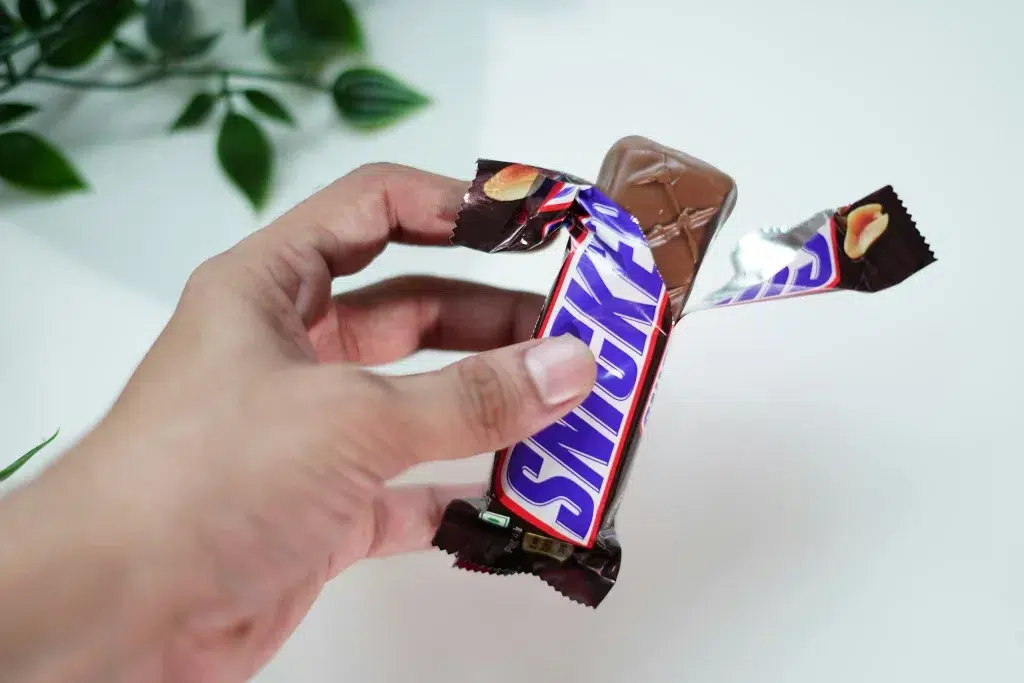
Colours
Colour is most effective when paired with other brand elements like logos or shapes. A report by Ipsos and JKR Global found that only 4% of colours tested could immediately and uniquely bring the brand to mind in isolation.
Example: Tiffany & Co.
Tiffany Blue® is a perfect example of a distinctive brand colour. The trademarked hue has become synonymous with Tiffany & Co., appearing on its packaging, website, and in retail stores.
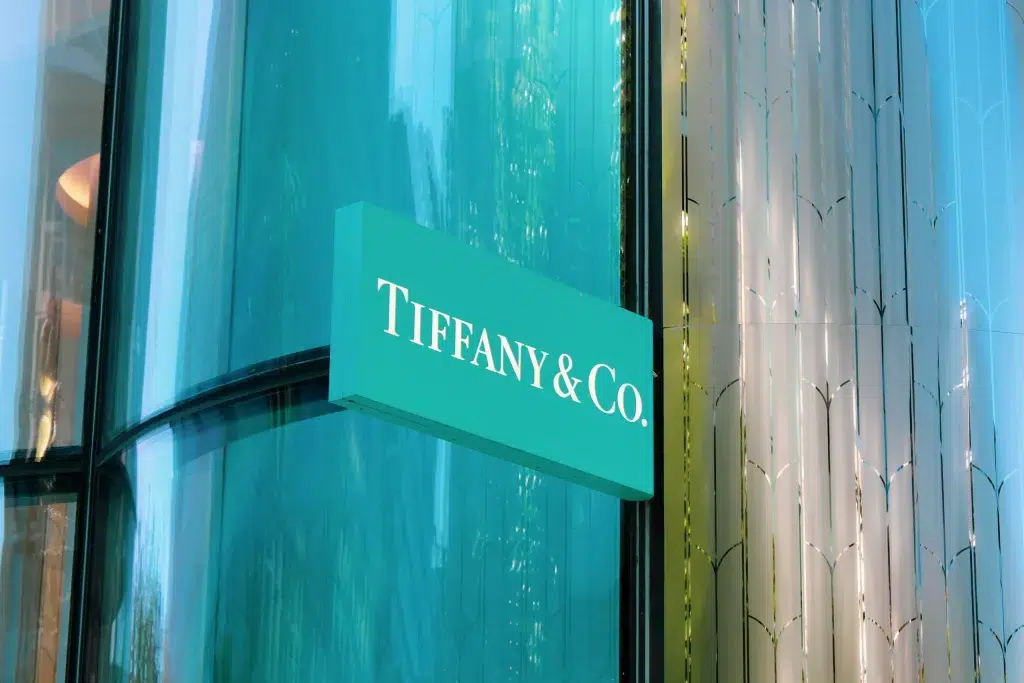
Typography
Romaniuk points out that fonts, like colours, are not usually perceived in isolation and generally have a low cut-through. Still, they offer a high degree of uniqueness and can become strongly associated with a brand over time.
Example: Air New Zealand
A strong example of distinctive brand typography is Air New Zealand’s use of Newzald by Klim Type Foundry—a Modern transitional typeface.
This also highlights an important point: just because a brand asset is distinctive for one audience doesn’t mean it stands out for everyone.
Living in New Zealand, I instantly connect this typeface with Air New Zealand because I see it all the time. But someone in Germany might not make that connection at all.
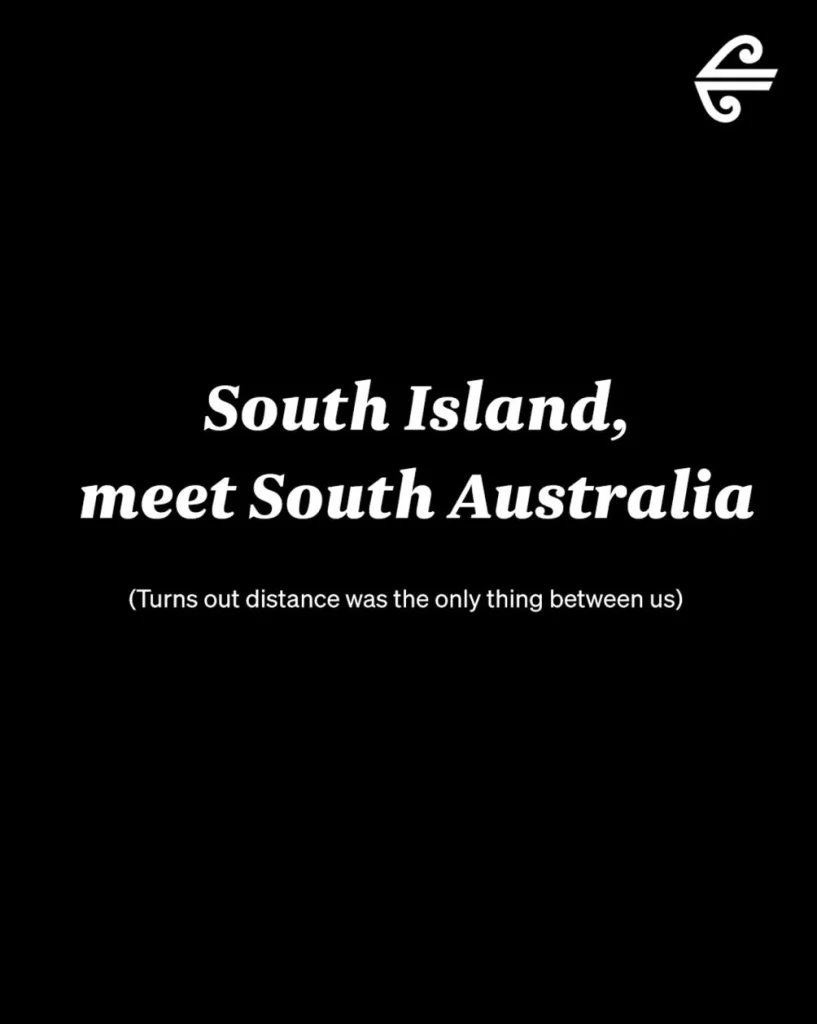
Taglines
Taglines face a unique challenge. As they are word-based, they not only compete with the meanings we already associate with those words, but also with the brand name itself.
According to the Ipsos and JKR report mentioned ealier, only 6% of taglines can instantly and uniquely evoke a brand when used on their own.
But that doesn’t mean it can’t be done.
Example: Nike
Nike’s “Just Do It” is a famous example of a highly distinctive tagline.
Created by the advertising agency Wieden+Kennedy back in 1988, it has since become one of the most recognisable taglines in the world. This is thanks to it being used so consistently over such a long time.
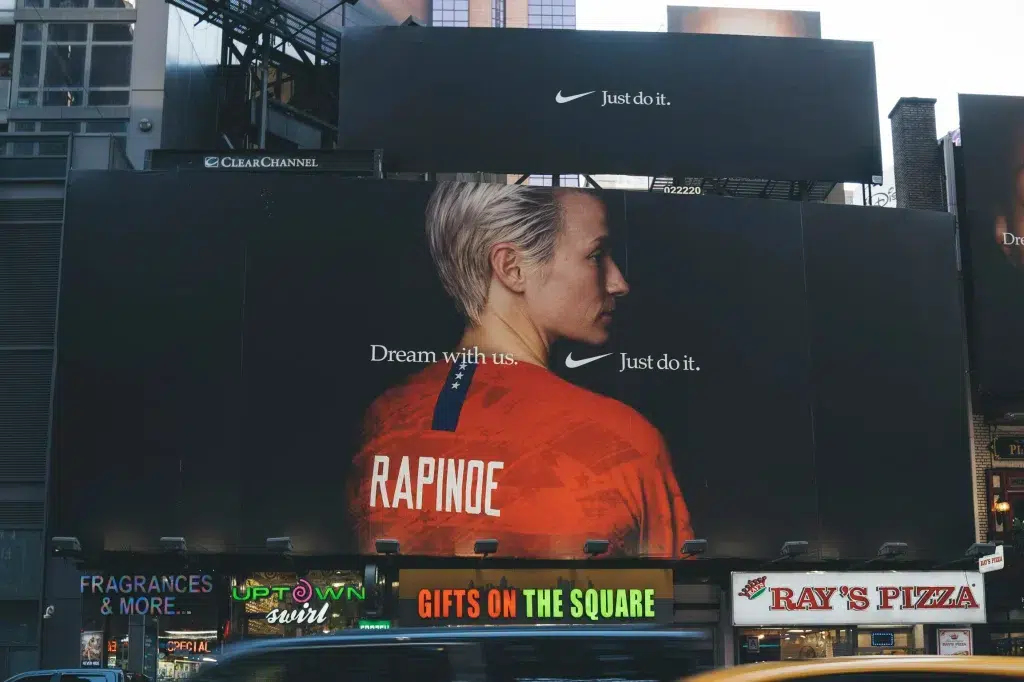
Packaging Shapes
The shape of the packaging can also serve as a distinctive brand asset, whether it’s the overall design or a small detail—like the curved neck of a Duck cleaning product bottle.
Remember that packaging needs to work in both physical and online stores. On-screen, products often appear as small thumbnails, so shapes should be bold enough to remain recognisable.
Example: Toblerone
Toblerone is an excellent example of a distinct packaging shape.
The iconic triangular shape packaging was introduced in 1908. The Matterhorn inspired the unique design of the chocolate bar. It has since become one of the brand’s most recognisable features.
Product shape
The shape of a product can also serve as a distinctive brand asset. The only issue is that consumers often only interact with the product after they have purchased it.
Example: Mini Cooper
The Mini Coopers iconic rounded shape has become the brand’s signature, helping it to stand out in a sea of conventional car designs.
Brand mascot
The Ipsos and JKR report found that, after logos, mascots are among the most effective brand assets. Around 16% of all tested mascots triggered brand recall immediately and uniquely when used on their own.
Example: Michelin’s Bibendum
The Michelin Man, Bibendum, is a great example of a distinctive brand mascot. Created by Michelin in 1898, he’s made entirely of white tyres. I still remember seeing him painted on the wall of the tyre shop where my uncle worked when I was a kid.
Mascots like Bibendum work particularly well in industries where they’re rare—helping a brand stand out.
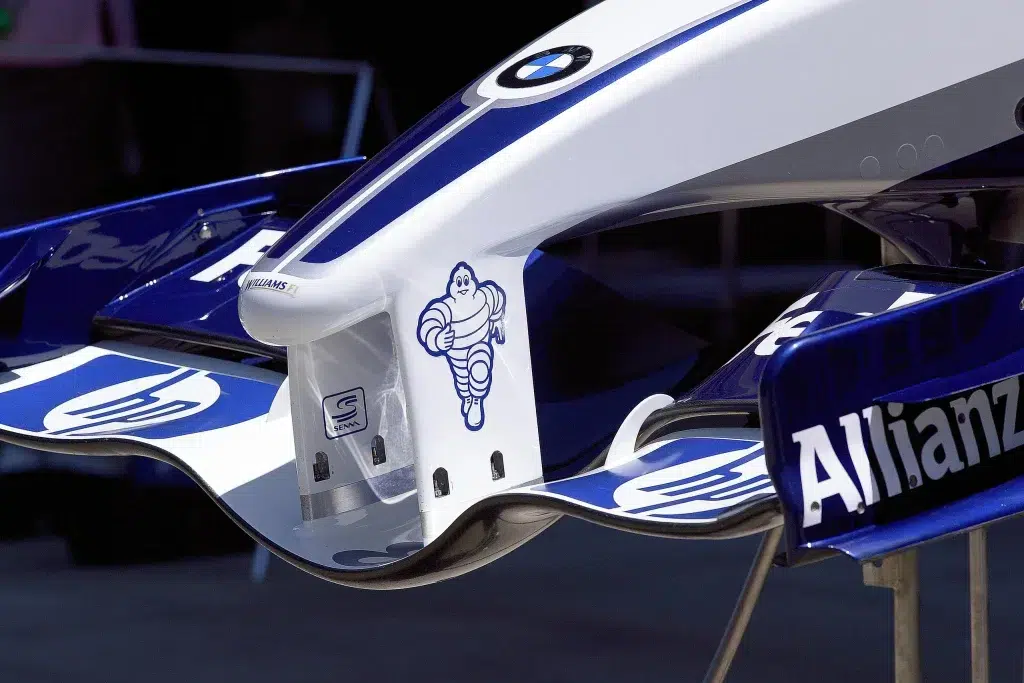
Spokespeople
While using celebrities as distinctive brand assets can grab attention, it also comes with challenges. Their existing associations can make it difficult for them to forge a clear connection with a brand.
People often remember the celebrity more than the brand (‘the vampire effect’). Furthermore, when celebrities endorse multiple brands, it can cause confusion.
This is why long-term spokespeople who aren’t already famous tend to be more effective—they become more closely associated with the brand.
That said, there are some examples of this approach working well, like George Clooney and Nespresso.
Example: George Clooney for Nespresso
George Clooney’s long-term partnership with Nespresso has made him an instantly recognisable face in the brand’s campaigns. But have you noticed that outside of a Nespresso ad, his face doesn’t quite trigger the brand?
Brand Pattern
Patterns aren’t part of any research I reviewed. Nevertheless, brands like Burberry or Vans show that consistently applied patterns can be just as distinctive as logos, colours, or other brand elements.
Example: Burberry
The Burberry check pattern is an iconic example of a distinctive brand pattern. Initially used as a lining in its trench coats, the check pattern has evolved into a symbol synonymous with Burberry.
Today, there are several iterations of the pattern, with the original dubbed ‘Burberry House Check.’
The pattern is now featured on many of Burberry’s products, including scarves, bags, and umbrellas, reinforcing the brand identity and making them unmistakable.
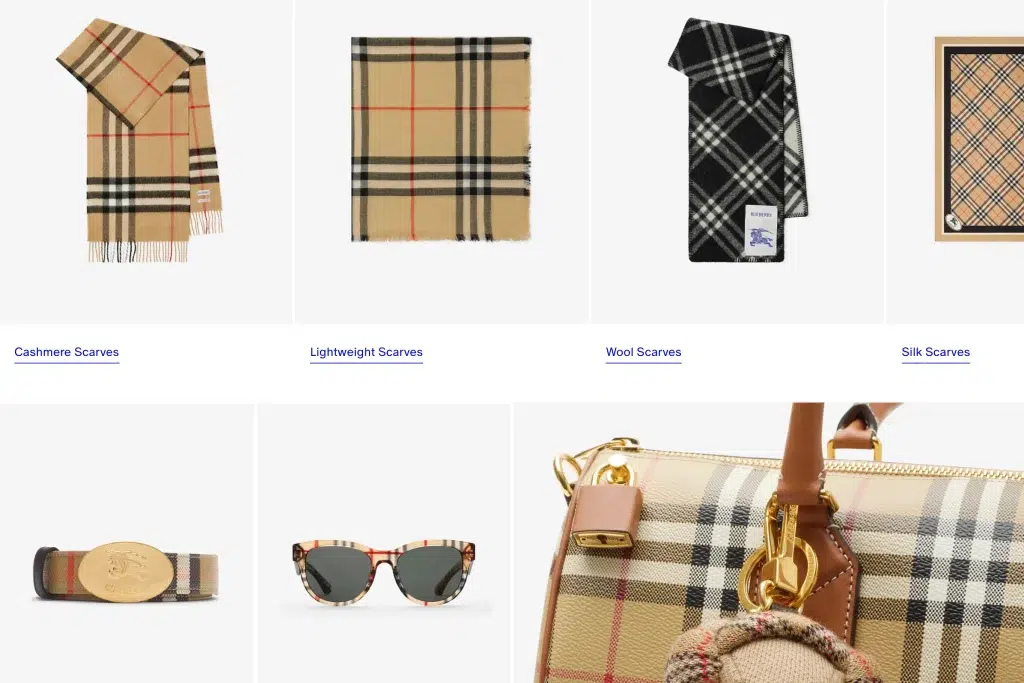
Story themes
Jenni Romaniuk’s research identifies three primary ways brands can build a distinctive story:
- Styles: Recurring themes that run through all brand communications (like Red Bull’s wings theme).
- Moments: Actions or visuals tied to specific points in time, like twisting an Oreo or adding a lime to a Corona beer.
- Components: Specific objects linked to the brand, such as the grey Whiskas cat or Apple’s white headphones.
Example: Red Bull
Red Bull is a great example of a distinctive brand story, built around its wings theme. This recurring element helps create a cohesive narrative that reinforces the brand’s identity and boosts mental availability.
Sound
Since we perceive the world through all our senses, sound can also become a distinctive brand asset. We are naturally sensitive to auditory cues, but not every sound triggers brand recall.
To use sound effectively, focus on distinctive vocal cues, recognisable rhythms, or custom jingles that include the brand name.
Example: Intel
The Intel Sound is a classic example of a non-vocal brand sound. This five-note audio cue was composed by Los Angeles musician Walter Werzowa in 1994.
While instantly recognisable, such sounds often struggle to create a deep or lasting connection with the brand on their own.
How to build distinctive brand assets?
Here are practical steps to make your brand assets more distinctive:
1. Identify your brand’s most relevant assets
Choose the elements that best represent your brand’s personality and identity. These could be tangible, like your logo or typography, or intangible, like your brand story.
They could be digital assets or physical ones—anything that builds recognition and creates a consistent experience across your brand touchpoints.
2. Define the most effective brand assets
Use research, testing, and observation to find which assets are already most recognisable and memorable to your audience.
3. Ensure consistency across all touchpoints
Apply these assets consistently across packaging, advertising, your website, social media, and other interactions. This consistency helps build strong mental associations with them.
4. Focus on a few key assets
Strengthen a select few assets first—those you’ve identified as most relevant and effective.
Too many elements at once can dilute impact.
But remember, often, it’s the combination of two or more assets that makes them truly distinctive, like McDonald’s yellow arches, or Snickers’ blue font on a white panel outlined in red.
5. Invest in ongoing monitoring and evaluation
Regularly review your assets to ensure they remain effective. Adjust, retire, or double down on assets based on what resonates with your audience, not personal preference.
When you follow these steps, you can build distinctive brand assets that come to people’s minds at the right moment in the customer journey.
Of course, your small business may not have the same budget or scale as a multinational. Nevertheless, strategically developing recognisable brand elements helps you build familiarity—and ultimately trust—with your audience.
Repeated exposure matters. When people see something often, they develop a sense of comfort and recognition. This is called the mere exposure effect, a cognitive bias that holds true in branding.
Conclusion
In summary, distinctive brand assets are essential for building a memorable, strong brand.
Focusing on a few key assets and using them consistently across all your brand touchpoints helps ensure your brand is instantly recognisable.
If you enjoyed this article, you’ll also appreciate Jenni Romaniuk’s book Building Distinctive Brand Assets. Buying it through my link supports independent bookshops as well as my work here.
Feel free to reach out if you need help designing distinctive brand assets for your brand.
In the meantime, you might find my article on the best branding resources helpful.
